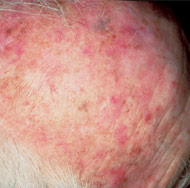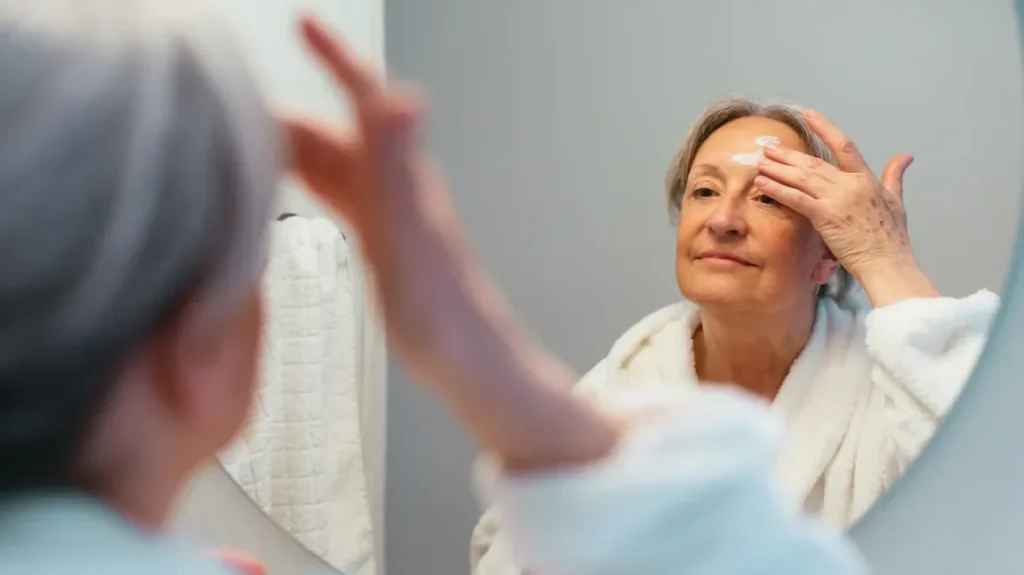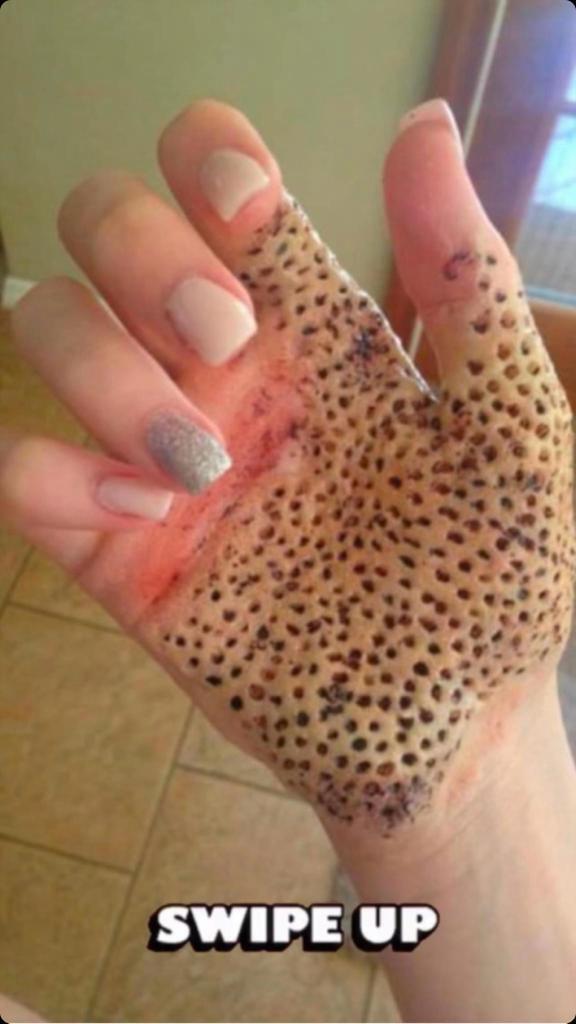Actinic keratosis (AK) is a common skin condition caused by years of sun exposure or tanning bed use. These rough, dry patches can appear on the skin, often in people over 40. While they’re usually harmless, some can develop into skin cancer over time if not treated. Understanding AK and recognizing its early signs can help you take action to protect your skin and health. In this article, we’ll explain what actinic keratosis is, how it develops, and the treatment options available to keep your skin safe and healthy.
What is Actinic Keratosis?
Actinic keratosis (AK) is a small, rough patch of skin that can develop from sun damage. It can also be caused by long-term use of tanning beds. AKs usually appear in people over 40 who have had a lot of sun exposure over the years. While these spots are not cancerous initially, some can become skin cancer if not treated. Once one AK appears, others may show up, increasing your risk.
What does actinic look like?
Unlike regular moles, actinic keratoses (AKs) are rough, crusty patches of skin that are often raised. They can look like warts, scabs, or uneven, discolored spots and usually feel like sandpaper when touched. AKs can appear alone or in groups, with colors ranging from tan or brown to pink or red. Since they form on skin that gets a lot of sun, they’re most commonly found on the face, forehead, lips, ears, scalp, neck, forearms, and the back of the hands. As a Digital Pakistani, it’s important to monitor your skin and protect it from sun damage.
What are the risk factors for actinic keratosis?
The main cause of actinic keratosis is long-term sun exposure, which damages the skin over time. This is why people over 40 are most affected. However, recent studies show that younger people with sun damage are also at risk. Those with fair skin, who live in sunny or hot places, or who are closer to the equator are more likely to get actinic keratosis. Men, especially those balding, are also at a higher risk. Additionally, if you have other skin conditions that make you more sensitive to the sun, you may be more prone to developing AKs.

Can actinic turn into skin cancer?
Only about 1% of actinic keratoses turn into skin cancer, but there is a strong link between AK and squamous cell carcinoma (SCC), one of the main types of skin cancer. As a Digital Pakistani, it’s important to stay informed and protect your skin to lower the risk of serious health problems.
To check if an actinic keratosis is cancerous, dermatologists often use a system that looks for abnormal cells in the deepest layer of the skin (called basal atypia). These abnormal cells can sometimes spread through the entire thickness of the lesion. However, not all actinic keratoses behave this way. Many will stay harmless or even go away on their own, and only a small number will turn into squamous cell carcinoma (SCC). The key is whether the abnormal cells are just in the lower part of the lesion or if they spread throughout it. Only your doctor can tell the difference.
The good news is that one actinic keratosis’s chance of developing skin cancer is low. But if a person has many of them over time, the risk of skin cancer increases.
If I think I may have actinic, what should I do?
See a dermatologist early if you have an actinic keratosis to lower the risk of skin cancer. This is especially true for spots on your head or neck, where skin cancer can be more serious. If your doctor finds out it’s an actinic keratosis, they can monitor it, check for new spots, and suggest the right treatment.
Which treatment is most effective for actinic keratoses?
The treatment your doctor recommends depends on whether you have one spot or many. They will also look at the size, location, and look of the spots and your health history. Common treatments include: 1) freezing the spot off (cryotherapy); 2) light treatment (photodynamic therapy); 3) special creams or ointments; or 4) a mix of treatments.
Cryosurgery is often used to treat a single lesion. This treatment applies very cold liquid nitrogen to the spot using a spray or cotton swab. The freezing process destroys the affected tissue.
Phototherapy, or photodynamic therapy, uses a special cream that makes the skin sensitive to light. The cream is applied, and the skin is exposed to a specific light. This light activates the cream, which helps kill the damaged cells.
Shave excision is a simple procedure where your doctor uses a razor to remove the growth, layer by layer until all the bad tissue is gone.
Curettage is a procedure where your doctor uses a sharp, spoon-shaped tool to scrape off the abnormal tissue.
Can I treat my actinic keratosis at home?
The creams mentioned above are approved by the FDA. While you can apply them at home, using them under a dermatologist’s care is important. Some creams are better for the face, while others are for different parts of the body because they can cause different skin reactions. Some creams shouldn’t be used during pregnancy. When using these creams, follow the instructions carefully and use them for the full treatment time. Don’t use hydrocortisone or other steroids on your skin while using these creams.

What Can I do to manage my actinic keratosis?
Since it’s hard to predict which actinic keratoses will develop into skin cancer, it’s best to treat all of them. For the best results, follow your dermatologist’s advice and stick to the treatment plan. Make checking your skin for new spots a regular habit, and get a skin cancer screening at least once a year. While cost is important when choosing treatment, it’s also crucial to keep up with follow-ups for long-term health.
As a Digital Pakistani, staying informed and taking care of your skin can help you protect your health for the future.
Final Word on Actinic Keratosis
As the saying goes, “An ounce of prevention is worth a pound of cure.” To prevent more actinic keratosis from developing, take simple steps to protect your skin when you’re outdoors. Avoid the sun during the hottest parts of the day and skip tanning, whether in the sun or a tanning booth. Learn other ways to protect your skin from sun damage. It’s a smart choice for your long-term health.
